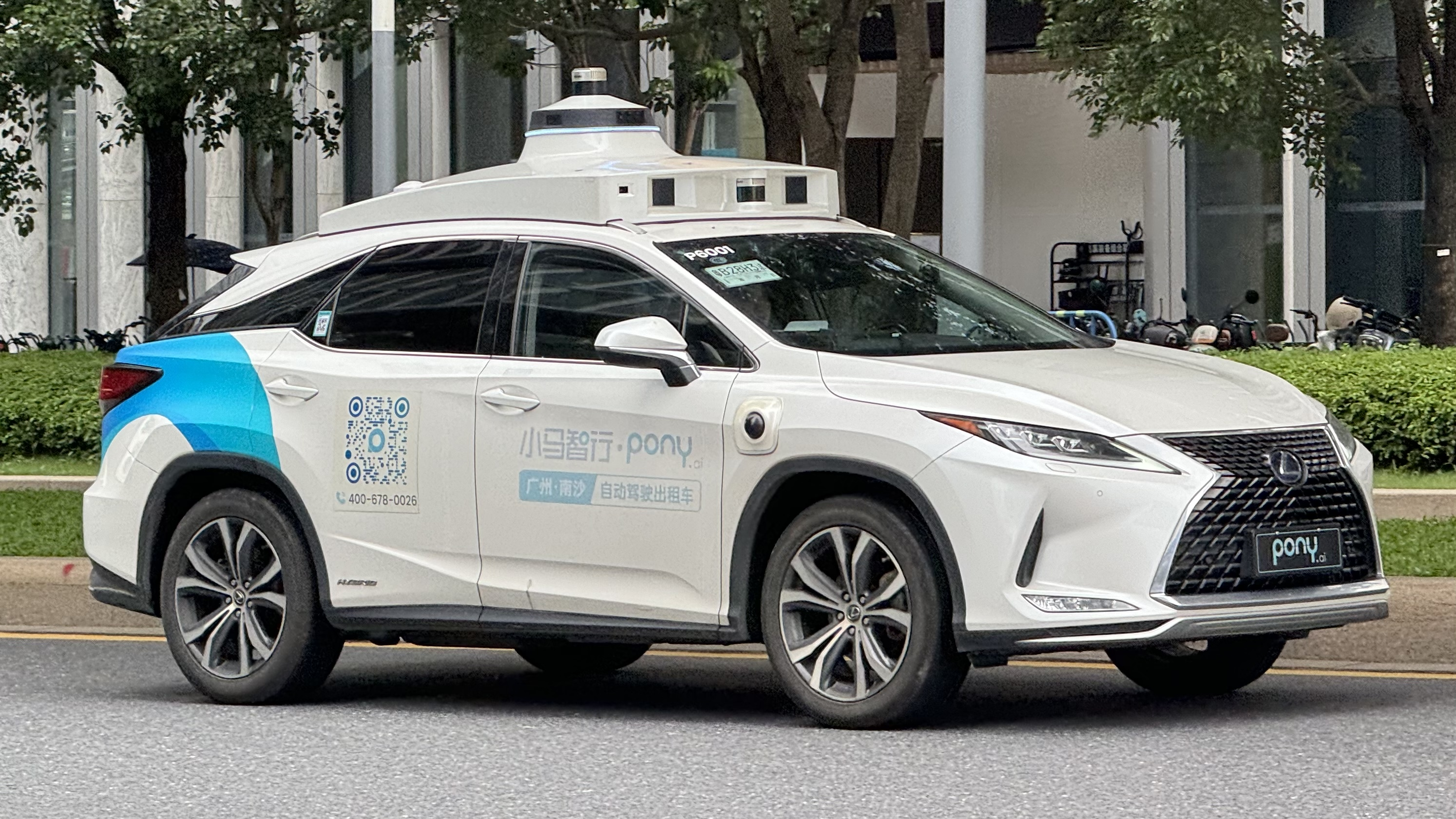
Company targets more than 3,000 robotaxis amid expanded commercial rollout
Pony.ai said it plans to triple the size of its global robotaxi fleet by the end of 2026 as its operations scale and its growth pace increases. The company reported that it has about 961 robotaxis today and is targeting a 1,000-vehicle fleet by the end of this year. Pony.ai said it aims to “surpass” 3,000 vehicles by the end of 2026, according to its third-quarter earnings report.
Commercial operations and international expansion
Pony.ai, listed on the Nasdaq Exchange and the Stock Exchange of Hong Kong, continued ramping up its commercial services throughout the year. The company currently operates paid robotaxi services in Beijing, Shanghai, Guangzhou, and Shenzhen. It is also expanding outside China through partnerships in eight countries, including Qatar and Singapore, as well as collaborations with ride-hailing companies Bolt and Uber.
Third-quarter revenue growth and business mix
The increase in robotaxi activity contributed to higher revenue and rising costs. Pony.ai reported $25.4 million in third-quarter revenue, up 72% from the $14.8 million recorded in the same period last year. Shares rose more than 6% on the Nasdaq after the earnings release.
The company said revenue was driven by robotaxi services, self-driving trucks known as robotrucks, and licensing its technology. Pony.ai generated $6.7 million from robotaxi services, $10.2 million from robotruck operations, and $8.6 million in licensing and application fees.
Losses widen as expenses exceed revenue
Expenses continued to outpace revenue growth. The company posted a net loss of $61.6 million in the third quarter, a 46% increase from the same period in 2024. Pony.ai said it had $587.7 million in cash, cash equivalents, and short-term investments as of Sept. 30, down from $747.7 million in the previous quarter. Half of that decline was tied to a one-off cash outflow that included investment in its joint venture with Toyota to support the production and deployment of its Gen-7 vehicle.
Featured image credits: Wikimedia Commons
For more stories like it, click the +Follow button at the top of this page to follow us.
